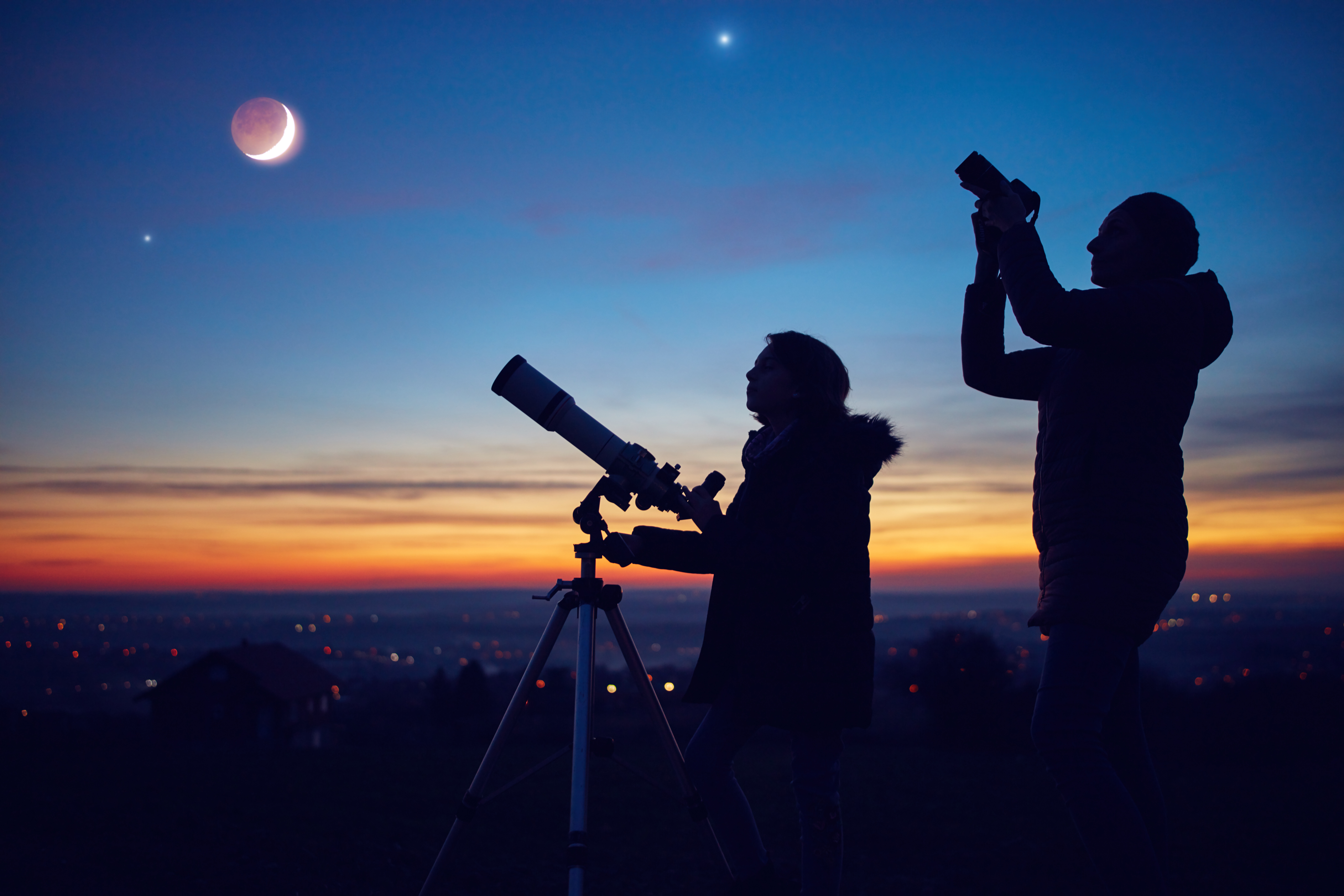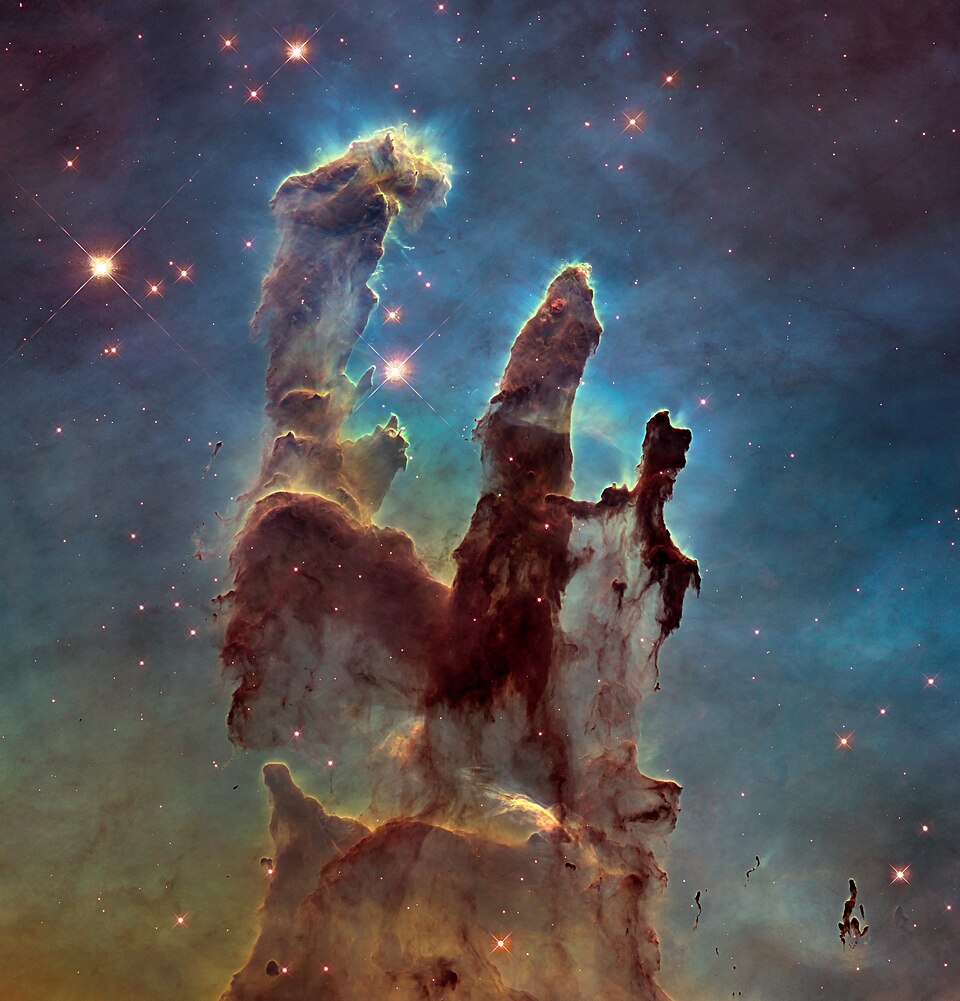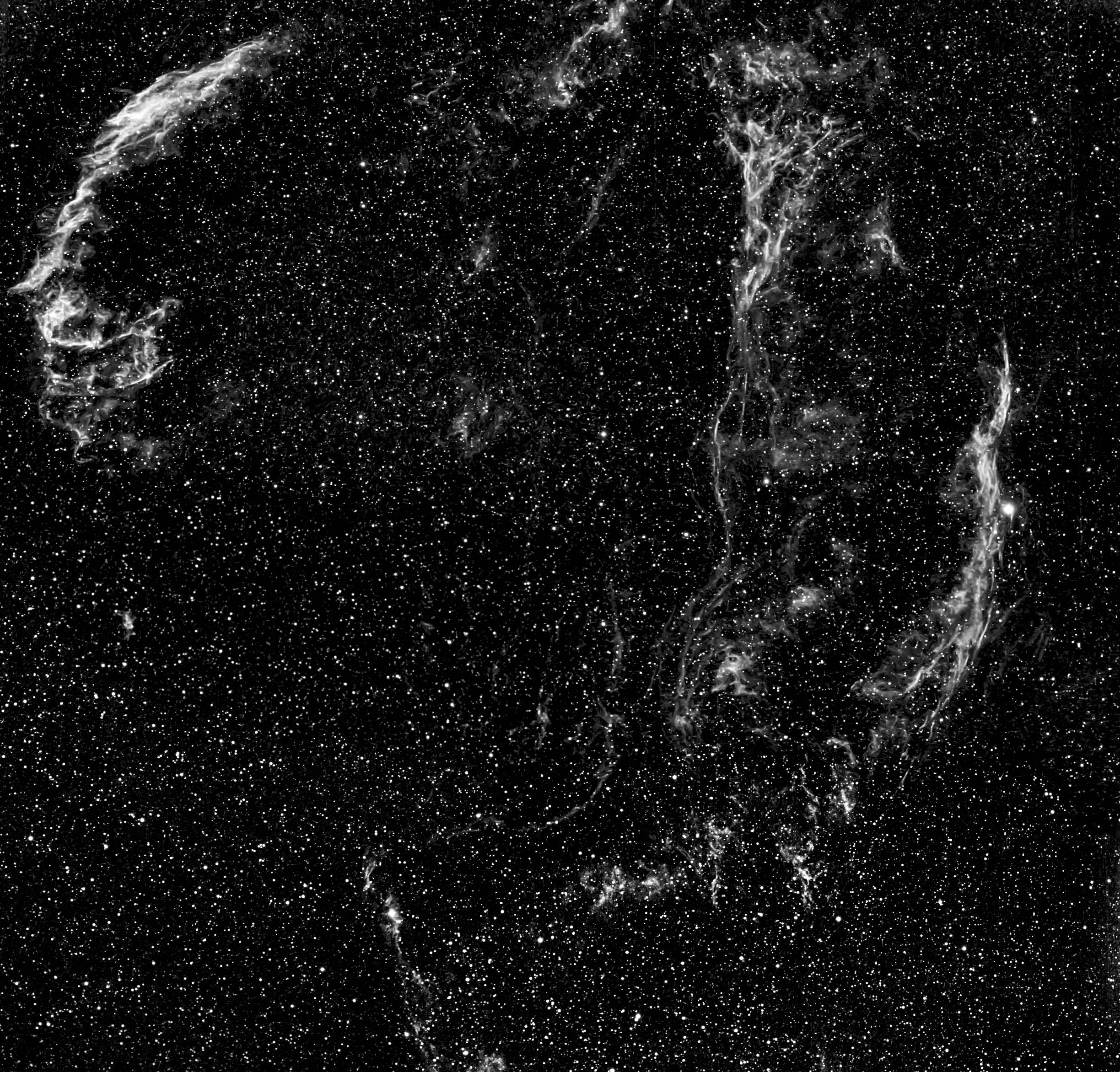We call them exoplanets, or sometimes extrasolar planets. It is just a designation that they are planets around a different star; they are a different solar system. They are outside our own solar system.
Discovering other worlds
Professor of physics and astrophysical sciences
- Most exoplanets are detected through a star’s slight wobble or brief dimming during transit, yielding thousands of confirmed worlds.
- Citizen scientists have helped uncover additional planets by analyzing publicly released telescope data.
- The Milky Way’s immense population of stars, each potentially hosting a plethora of planets, makes extraterrestrial life statistically plausible, even if unlikely.
- Dark energy currently drives faster cosmic expansion, yet its unknown nature means a future collapse cannot be dismissed.
Distant worlds
When I look up in the sky, I see, like others, these beautiful twinkling stars. I do love the fact that now we have some more certainty that many of those stars are their own solar systems, and they have their own planets around them. I see them, and they are so far away, just as a dot of light — but this knowledge, now that many of them have planets around them, enriches the experience of staring into the night sky.
 Milky Way Galaxy rising in Sabah North Borneo © Joule Sorubou via Shutterstock
Milky Way Galaxy rising in Sabah North Borneo © Joule Sorubou via Shutterstock
Stars' own planets
Astronomers have long thought that other stars likely had their own planets around them, but they just did not know whether they were there, because planets are incredibly hard to see.
 © NASA via Wikimedia
© NASA via Wikimedia
We are measuring light from stars, very bright stars, and if they have planets around them, like our Earth around the Sun, then finding them is an enormous technological challenge. You can have an idea that says, I wonder if they are out there, but you need the technology to actually be able to see them. There have been these great advances in the ways in which you can find these tiny planets.
First detection methods
Among the first methods used came from this idea: if you have a planet orbiting a star just like we orbit the Sun, then even though the gravity of the Sun is enough that we think of it as pulling the Earth into a circle around it, that is not completely true — because the Earth itself has its own gravity as well.
 © ESO/L. Calçada
© ESO/L. Calçada
As the Earth orbits the Sun, they are actually orbiting their common center of mass, and that means that the Sun is wobbling around a bit as the Earth pulls it. If the Earth was a much heavier planet — Jupiter-sized or larger — it would make the Sun wobble a bit more. The earliest observations were able to show that stars were moving in a particular way; then the inference was that a planet must be going around it. Again, you are not seeing the planet in that method, but you are seeing how its gravity affects the star's motion. That was transformative and incredibly exciting, and still today, this method is used for detecting many new planets.
The transit method
Another method has also picked up that has revealed many new planets, which is called the transit method. It says that if you are aligned just right and you have a star that you are looking at, one that has planets going around it, when the planet moves in front of the star and lies between your telescope's line of sight and the star, the star will subtly dim as the planet goes in front of it. People have seen on our own Sun the transit of Venus as an example of that.
 2012 Venus Transit © NASA/SDO, AIA
2012 Venus Transit © NASA/SDO, AIA
This tiny dimming of the planet is a very predictable thing, because every time the planet goes around that star, it will dim it a little bit. This new method has been used to find many, many new planets. Then there are multiple other methods, too. You can, for example, try to block out the light of the Sun to see the fainter planet next to it. You design your telescopes such that they inhibit the light from the star, and you can enhance the light that emerges from the planets. Now the field is transformed. Even though I do not work directly on that research myself, I see that in our community many people want to work in this area, because there are now thousands of planets and entire solar systems that have been discovered. They are incredibly weird, wonderful and exciting, and I really see that in the field of astronomy as this whole new, exciting area.
Citizen science contributions
There have been these wonderful contributions from what is sometimes called citizen scientists or community scientists who have helped in the uncovering of new planets. One way in which that has happened is by using data gathered by professional astronomical telescopes, making it public, and encouraging the public to dig into it. This has particularly happened for transiting planets, and it has been wonderful to see members of the public taking part in discoveries of new planets.
 © Shutterstock
© Shutterstock
There are many powerful telescopes that people have in their own backyards, but the ability to measure many of them with high sensitivity generally requires the level of telescope used by the astronomical community.
Richness and variety
When I think about these solar systems in galaxies beyond our own, and in our own galaxy, I think of the incredible richness that they must include, because those we have been able to see so far are all pretty nearby in our own Milky Way. If I consider that our Milky Way has 100 billion stars in it, and that there are at least 100 billion galaxies in our visible universe that each have that many stars, and if a large proportion of those have their own planets around them (which we have no reason to doubt at the moment based on local observations), then the wealth, the richness is incredible.
 Pillars of creation © NASA, ESA, and the Hubble Heritage Team (STScI/AURA)
Pillars of creation © NASA, ESA, and the Hubble Heritage Team (STScI/AURA)
We already have a sense of the variety of planets compared to our own solar system. There are different solar systems where the planets orbit their star in just hours, which none of our solar-system planets do, and there can be vastly different numbers of planets in the system. Some of them orbit two stars — you could imagine having two suns in the sky. Some of them may be purely covered in lava; some of them may be purely covered in water. The variety of sizes and composition must be immense. We are just starting to learn more about what they might be made of. Even though I do not study the details of these planets myself, because I study the universe — the whole thing — I do think a lot about the extent to which I feel sure there must be this huge variety of solar systems and planets. That is why I think it is very likely that there would be life elsewhere, just because of the sheer numbers, even though life itself is quite unlikely.
Seeking signs of life
If we want to understand whether there is life elsewhere, it is a hard challenge because, again, we cannot go to these places. We can only look here on Earth as astronomers and gather signals. One of the frontiers that people are making great progress on now is to try to look at the composition of the atmospheres of these planets, because particular gases that you might find in an atmosphere are either conducive to life or might be predicted from life.
 © Thomas Müller via Wikimedia
© Thomas Müller via Wikimedia
One of the great advances happening at the moment is to use telescopes to measure the atmospheres of these planets in greater detail and at the same time to use the largest, highest-resolution telescopes to image some of them. Because it is so hard, and these objects are so faint and so far away, we will need new telescopes as well. With our existing telescopes, we can make so much progress, but then we will need new, bigger, more advanced ones to look for these signatures in more detail.
The Big Crunch
When I first learned about the possible futures of the universe, one of the options was a Big Crunch, where the universe stopped expanding and shrank back down again — the reverse of the Big Bang. The other options were that it kept growing forever. In the last 20 years, we removed the idea of a Big Crunch because, with the model of the universe we have now, if we are right, it would not produce a Big Crunch in the future. The reason is that the expansion of the universe is speeding up. The universe is growing faster and faster at the moment, and this is the effect of dark energy. If that stays behaving as it seems to be now, then we would not expect the universe ever to stop growing and shrink back down to a Big Crunch. I recall, even in my own career, going through a phase of saying the Big Crunch is not going to happen anymore.
 Remains of Stellar Cloud after Explosion of Supernova © Micotino via Pexels
Remains of Stellar Cloud after Explosion of Supernova © Micotino via Pexels
Dark energy is there; it is going to keep growing. I would say now that I do not know, because until we have understood the nature of this dark energy, to me, all bets are off. All futures are possible. While we have these major components, this dark matter, this dark energy, that we do not fully understand, I would not like to rule out these different possible scenarios. Maybe it will change its behavior. Maybe we have not fully understood it. While I will say in the standard model right now the Big Crunch should not happen, I will also say, who knows? Other things are possible.
Exhorting new generations
I love this piece of history coming from astronomer Edmond Halley, who realized that the way to measure the size of our solar system came from observing a transit of Venus across the sun.
 Portrait of Edmond Halley © Royal Society via Wikimedia
Portrait of Edmond Halley © Royal Society via Wikimedia
He also realized that he was not going to be alive to see the next one, and he charged, exhorted, younger astronomers to go and make the measurements. To me, there is something really magical about it, because he wrote this and basically said go and do this; I will not be able to, but you can. They did, and it happened. They measured the size of the solar system, and they measured the distance to the sun. I see astronomy full of these kinds of examples, when the technology just had not caught up with the ideas, or, in that case, the configuration of the solar system was not going to be right for these observations during that lifetime. I see that as being our role, too. We get to do a bit of the learning and discovery during our professional lives, but the most important thing is to train more junior researchers to become the next generation of scientists. To answer all the questions...well, there will always be more questions. Even to answer the questions we have now is a long journey.
Advice for aspiring astronomers
When I encourage younger scientists, to me, the key is to keep looking, and looking in new and unusual ways, because generally the new ideas come from the unexpected. There was this prediction from Halley, an expected event, and that happened — but so often in astronomy, things are changed because we find something that we never expected.
 © Tima Miroshnichenko via Pexels
© Tima Miroshnichenko via Pexels
Whether you look in different wavelengths or look in different ways, try to develop your observations not only to look for the thing you would like to find but to be open to things you were never expecting. Understand that it is a long journey — a journey that is going to take generations to keep doing — and keep up our scientific establishment while still trying to think outside the box.
Editor’s note: This article has been faithfully transcribed from the original interview filmed with the author, and carefully edited and proofread. Edit date: 2025
Discover more about
exoplanets
Dunkley, J. (2019). Our Universe: An Astronomer’s Guide. Pelican Books
Mayor, M. & Queloz, D. (1995), A Jupiter-Mass Companion to a Solar-Type Star, Nature 378, 355-359
Halley, E. (1716), A New Method of Determining the Parallax of the Sun, or His Distance from the Earth, Philosophical Transactions Vol. XXIX Sec. R. S., N0 348, p. 454